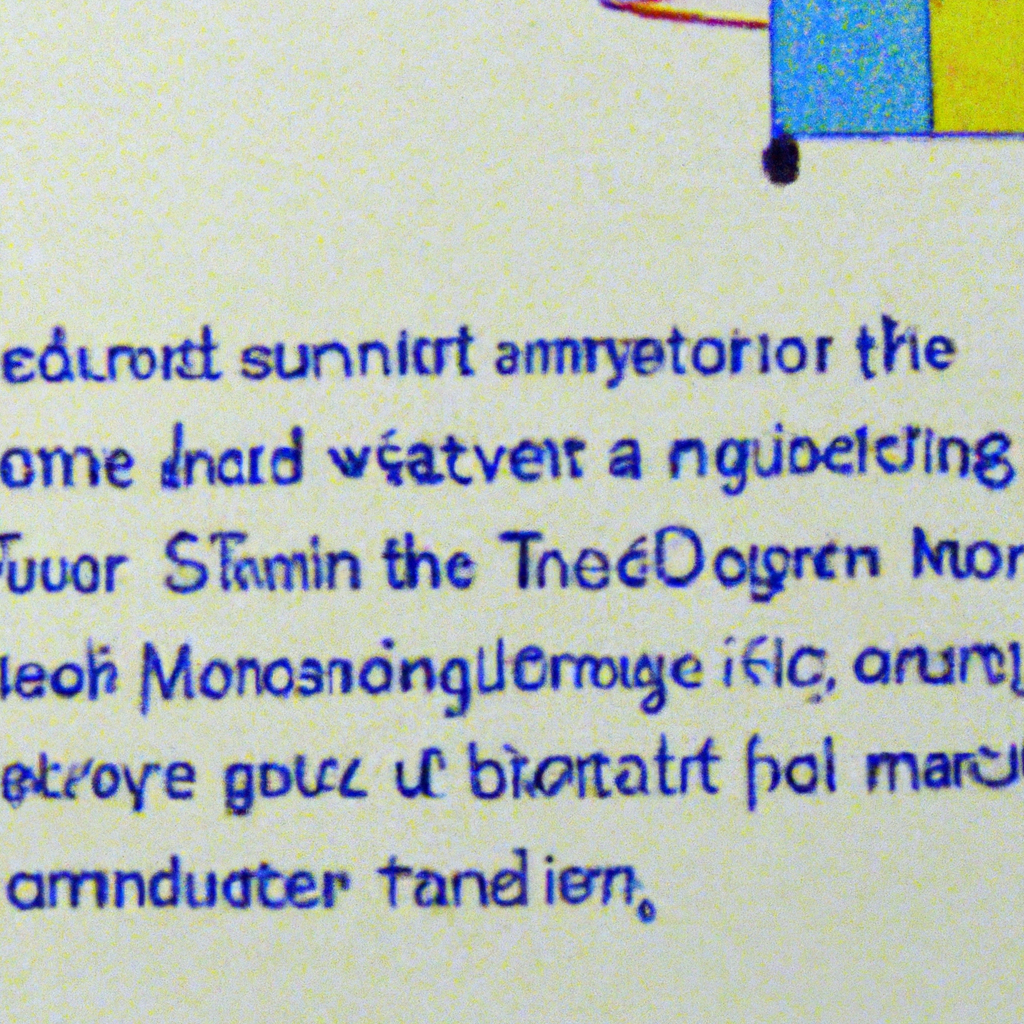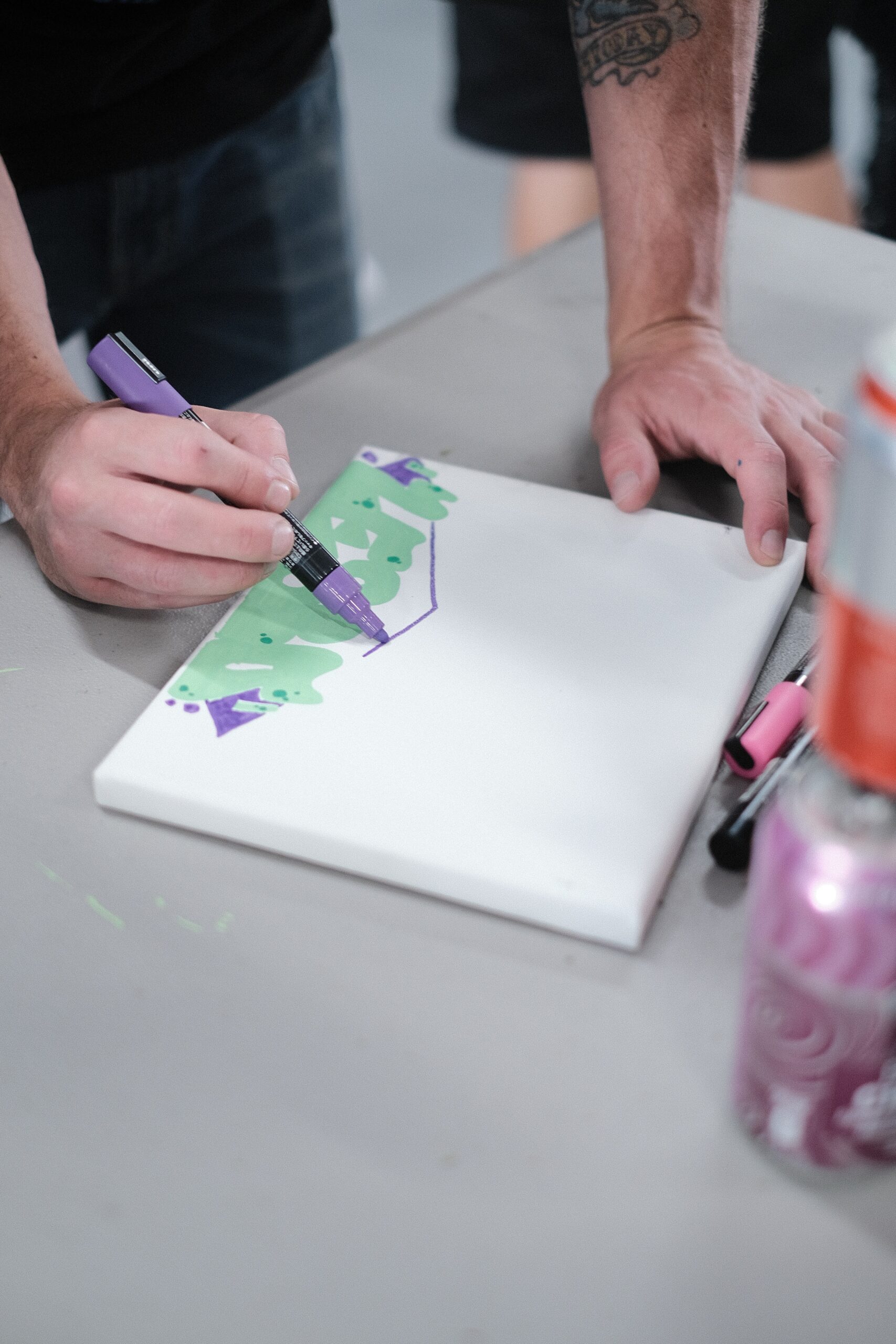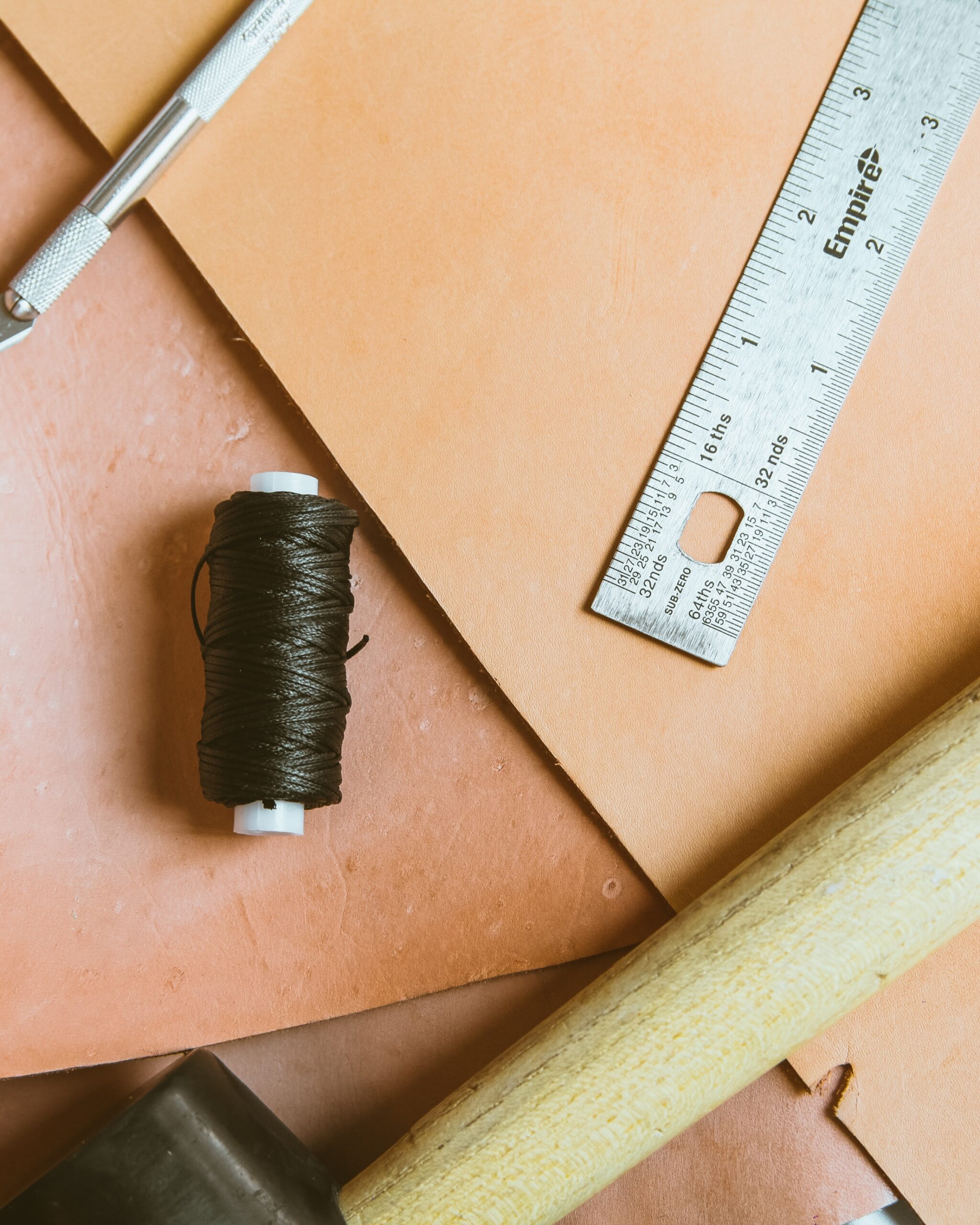This article examines the compatibility of gouache and acrylic paint, delving into whether or not they can be used together in artistic endeavors. Gouache and acrylic paint are both popular mediums in the art world, each possessing its unique characteristics and advantages. However, many artists wonder if these two mediums can be combined to create a mixed media masterpiece. By exploring the properties of gouache and acrylic paint, as well as discussing various techniques and potential challenges, this article aims to provide a comprehensive guide for artists seeking to experiment with these mediums in their artistic practice.

Introduction
What is Gouache?
Gouache is a type of water-based paint that is known for its vibrant colors and opaque finish. It is made by combining pigment, a binding agent (typically gum arabic), and water. Gouache has been used by artists for centuries and is especially popular for its ability to produce smooth and flat areas of color.
What is Acrylic Paint?
Acrylic paint is also a water-based paint, but unlike gouache, it is made with a synthetic binder called acrylic polymer. This binder gives acrylic paint its unique properties, including its fast drying time and water resistance. Acrylic paint is known for its versatility and is commonly used by artists in a wide range of styles and techniques.
Differences Between Gouache and Acrylic Paint
Composition
Gouache and acrylic paint differ in composition, with gouache being made with a gum arabic binder and acrylic paint made with an acrylic polymer binder. This difference in binder composition affects the overall properties and behavior of the paints.
Opacity
One of the key differences between gouache and acrylic paint is their opacity. Gouache is renowned for its high level of opacity, meaning it can effectively cover underlying colors or surfaces. Acrylic paint, on the other hand, can vary in opacity depending on the brand and formulation, giving artists the flexibility to work with both transparent and opaque layers.
Drying Time
Another noticeable difference is the drying time of gouache and acrylic paint. Gouache typically dries to a matte finish within minutes, allowing artists to work quickly and make adjustments easily. Acrylic paint, however, dries much faster, often within 10 to 20 minutes, and forms a permanent, water-resistant layer.
Water Resistance
While both gouache and acrylic paint are water-based, acrylic paint is more water-resistant once dry. Gouache can be reactivated with water even after drying, which allows artists to make adjustments or rework areas. Acrylic paint, once dry, forms a durable and waterproof layer that is less susceptible to water damage.
Finish
The finish of gouache and acrylic paint is also different. Gouache dries to a matte finish and has a more velvety appearance, while acrylic paint can have varying finishes, including matte, satin, and glossy. The choice of finish can impact the overall look and feel of the artwork.
Using Gouache and Acrylic Paint Together
Mixing Gouache with Acrylic Paint
Gouache and acrylic paint can be mixed together directly on the palette or while painting. However, it’s important to note that combining these two paints may alter their properties, such as drying time and opacity. It is recommended to experiment with small amounts of paint and observe how the mixture behaves before applying it to your artwork.
Working with Gouache on Top of Dried Acrylic Layers
One advantage of acrylic paint is its ability to form a stable and permanent layer. This makes it possible to paint with gouache on top of dried acrylic layers. However, due to the opacity of gouache, it may not fully cover the underlying acrylic paint. This can create interesting effects where the acrylic layer can subtly show through the gouache.
Using Gouache and Acrylic in the Same Artwork
Artists often combine gouache and acrylic paint in the same artwork to take advantage of their distinct characteristics. This allows for a wide range of creative possibilities, such as using gouache for detailed areas and acrylic paint for larger, textured sections. Experimenting with the combination of these paints can lead to unique and visually compelling results.
Tips and Techniques for Combining Gouache and Acrylic Paint
Prepping Your Surface
Before using gouache and acrylic paint together, it is important to prepare your painting surface appropriately. Make sure the surface is clean, dry, and properly primed to ensure proper adhesion of the paint layers.
Layering Techniques
Experimenting with different layering techniques can create interesting effects when combining gouache and acrylic paint. Try layering thin washes of acrylic paint as a base and then add opaque gouache layers on top for added detail and vibrancy.
Color Mixing
Take advantage of the wide range of colors available in both gouache and acrylic paint to create dynamic and harmonious color palettes. When mixing gouache with acrylic paint, be aware that the opacity of gouache may affect how the colors blend. Start with small amounts of paint to achieve the desired color and opacity.
Adding Texture
Acrylic paint is known for its ability to create texture, while gouache provides a smooth and flat finish. By combining these two paints, you can achieve a unique textural effect in your artwork. Experiment with different brush strokes, palette knife techniques, or even adding texture mediums to create depth and interest.
Experimenting with Different Ratios
The ratio of gouache to acrylic paint can greatly affect the overall appearance of your artwork. By varying the ratio, you can create subtle or bold effects. Start with a 50/50 mixture and adjust the ratio to achieve the desired opacity and blending qualities.

Advantages of Combining Gouache and Acrylic Paint
Enhanced Versatility
Combining gouache and acrylic paint expands the range of techniques and effects you can achieve in your artwork. Gouache offers opacity and vibrant colors, while acrylic paint provides versatility and durability. This combination allows artists to create unique and visually captivating pieces.
Vibrant Color Range
Both gouache and acrylic paint offer vibrant and intense colors. By using them together, you can take advantage of their individual color characteristics, resulting in a wider range of color possibilities. This allows for more dynamic and expressive artworks.
Unique Textural Effects
The combination of gouache’s smooth and flat finish with acrylic paint’s ability to create texture opens up new possibilities for adding depth and interest to your artwork. Experimenting with different techniques and materials can result in unique and visually appealing textural effects.
Increased Flexibility in Revision
Combining gouache and acrylic paint provides increased flexibility for revising and making adjustments during the painting process. Gouache can be reactivated with water, allowing for easy corrections and modifications. Acrylic paint, once dried, provides a stable base that can be painted over without disturbing previous layers.
Disadvantages of Combining Gouache and Acrylic Paint
Potential Incompatibility
Gouache and acrylic paint have different properties and drying times. When combining these two paints, there is a potential risk of incompatibility, especially if they are not fully mixed or allowed to dry properly. It is important to experiment and understand the behavior of the paints before applying them to your artwork.
Differences in Lightfastness
Gouache and acrylic paint may have different levels of lightfastness, which refers to how well the colors resist fading over time when exposed to light. It is important to consider the lightfastness of the paints you are combining, as some colors may fade or change over time, resulting in a less vibrant artwork.
Limited Corrections
While gouache can be reworked and adjusted with water, once acrylic paint has dried, it becomes permanent and difficult to modify. When using gouache on top of dried acrylic layers, it may be challenging to correct mistakes or make significant changes without affecting the underlying layers. Planning and careful execution are important when working with these paints together.

Preparing Your Workspace and Materials
Choosing the Appropriate Surfaces
When using gouache and acrylic paint together, it is important to choose a surface that can withstand the properties of both paints. Consider using a heavy-weight paper, canvas boards, or acrylic-friendly surfaces that have been properly primed for both types of paint.
Organizing Your Palette
To efficiently work with gouache and acrylic paint, organize your palette in a way that allows you to easily access and mix the colors. Separating the gouache and acrylic paint areas on your palette can help prevent unintentional mixing and maintain the integrity of each paint.
Selecting Brushes
Both gouache and acrylic paint require different brushes due to their different properties. Gouache typically works well with soft synthetic brushes that provide smooth application, while acrylic paint benefits from sturdier brushes with firmer bristles for texture and impasto techniques. Choose brushes that are appropriate for the paint you are using.
Gathering Additional Materials
Depending on your desired techniques and effects, additional materials might be useful when combining gouache and acrylic paint. Consider using palette knives for texture, sponges for blending, or different mediums to modify the characteristics of the paints. Experimenting with different materials can lead to innovative results.
Cleaning and Maintenance
Cleaning Brushes
After using gouache and acrylic paint, it is essential to clean your brushes thoroughly to prevent the paint from drying and ruining the bristles. Clean brushes with soap and water for gouache and use water or mild acrylic brush cleaner for acrylic paint. Proper brush maintenance ensures longevity and optimal performance.
Storing Your Gouache and Acrylic Paints
To preserve the quality of your paints, store them in a cool, dry place away from direct sunlight. Gouache should be stored in airtight containers or tubes to prevent drying out, while acrylic paint can be kept in sealed containers or with plastic wrap over the palette to prevent the paint from drying.
Preserving Your Artwork
To protect your artwork created with gouache and acrylic paint, consider varnishing it with an appropriate varnish, following the manufacturer’s instructions. Varnishing helps protect the paint surface from dust, UV damage, and enhances the colors and finish of your artwork.
FAQs
Can You Mix Gouache and Acrylic Paint Together Directly on the Palette?
Yes, gouache and acrylic paint can be mixed together directly on the palette. However, it is recommended to experiment with small amounts to observe the behavior and compatibility of the paints before applying them to your artwork.
Can You Use Gouache and Acrylic Paint on Canvas?
Yes, you can use gouache and acrylic paint on canvas. Make sure to use a canvas that has been properly primed for both types of paint. Keep in mind that the behavior and drying times of the paints may differ on canvas compared to other surfaces.
Can You Varnish Artwork Created with Gouache and Acrylic?
Yes, varnishing artwork created with gouache and acrylic paint is possible. However, it is important to follow the manufacturer’s instructions for the specific varnish you are using. Some varnishes are specifically designed for acrylic paint, while others may be suitable for both gouache and acrylic.
Do Gouache and Acrylic Paints Have the Same Health and Safety Precautions?
No, gouache and acrylic paint have different health and safety precautions. Gouache is generally non-toxic, but it is still recommended to avoid ingesting or inhaling the paint. Acrylic paint, on the other hand, may contain pigments that can be potentially harmful if ingested or inhaled. It is important to read the safety labels and use proper ventilation when working with these paints.
Conclusion
Summary
In summary, gouache and acrylic paint are two distinct types of water-based paints with different properties and characteristics. Gouache offers high opacity, fast drying time, and the ability to be reactivated with water, while acrylic paint provides versatility, durability, and a wide range of finishes.
When used together, artists can take advantage of the enhanced versatility, vibrant color range, unique textural effects, and increased flexibility in revision. However, it is important to be aware of the potential incompatibility, differences in lightfastness, and limited corrections that come with combining these paints.
By properly preparing your workspace and materials, organizing your palette, and understanding the cleaning and maintenance processes, you can optimize your experience when working with gouache and acrylic paint.
Final Thoughts
Combining gouache and acrylic paint opens up a world of possibilities for artists seeking to explore new techniques and create visually captivating artworks. Experimentation, practice, and a thorough understanding of the paints’ characteristics will help you unlock the full potential of these two mediums in your artistic journey. Enjoy the process of combining gouache and acrylic paint, and let your creativity flow!




